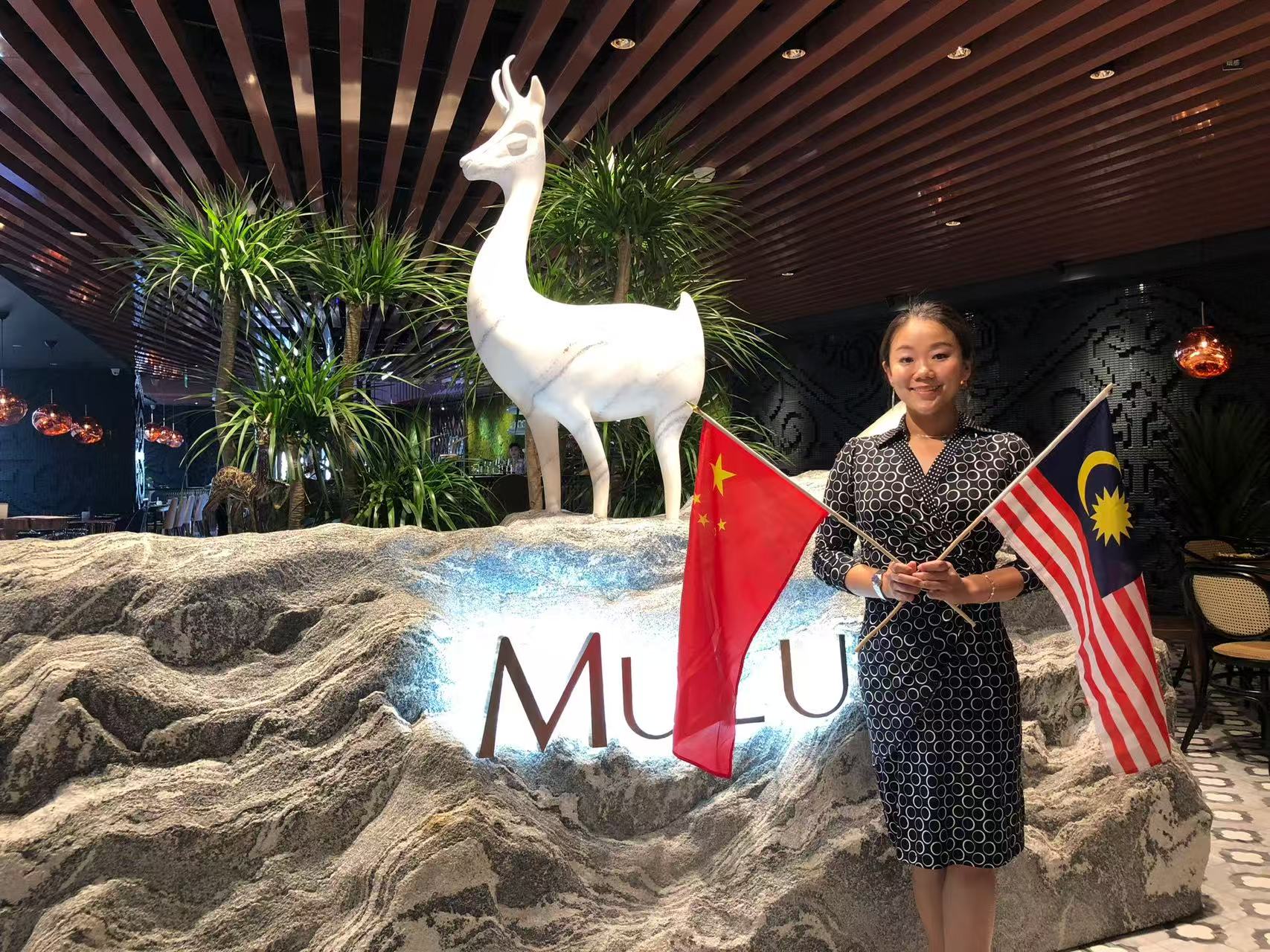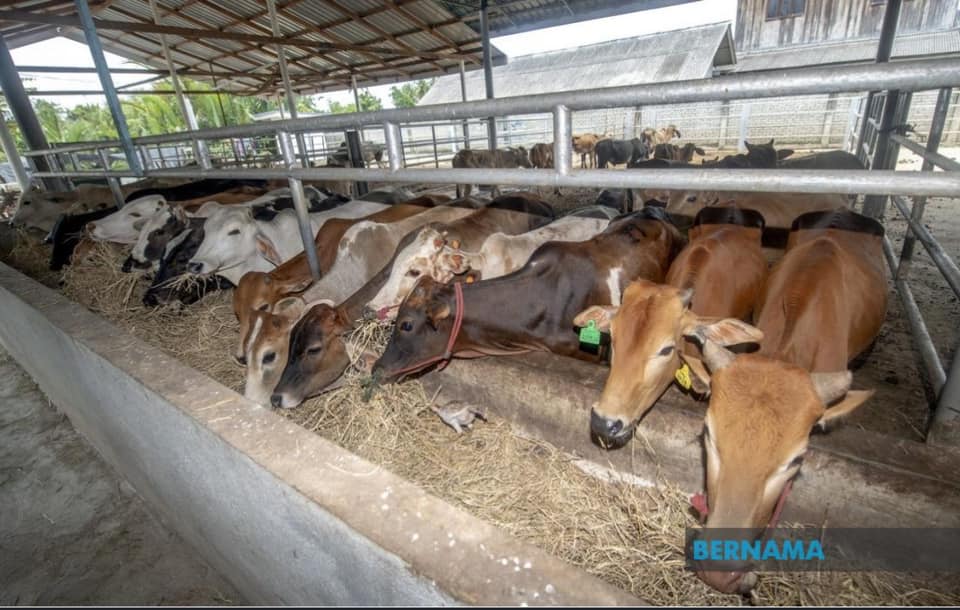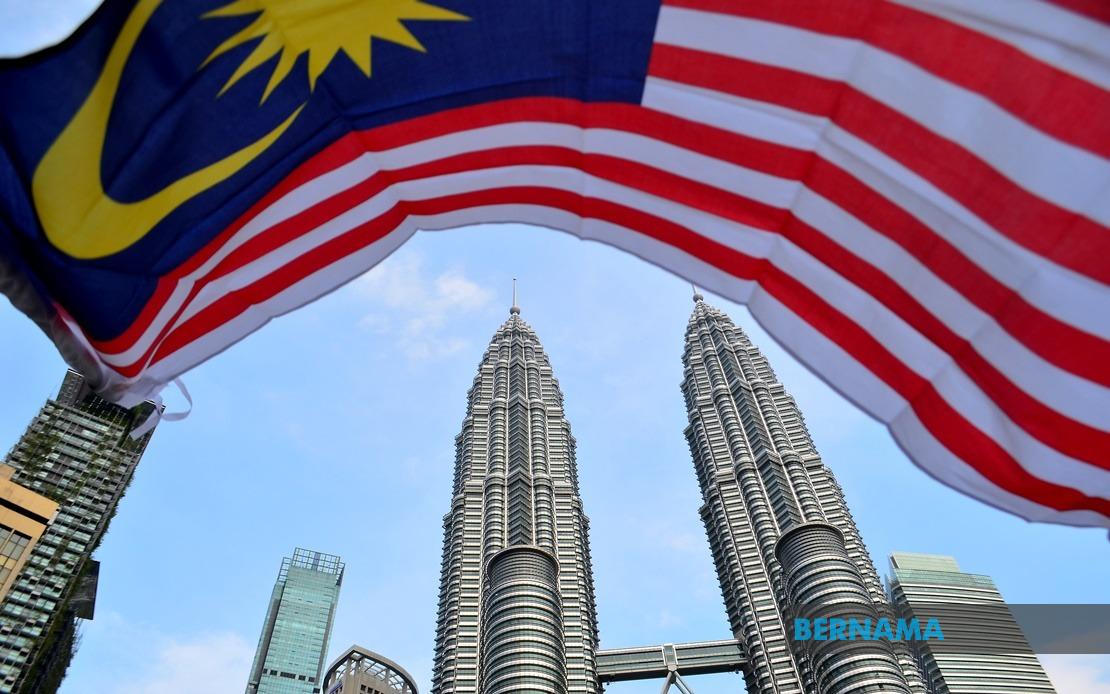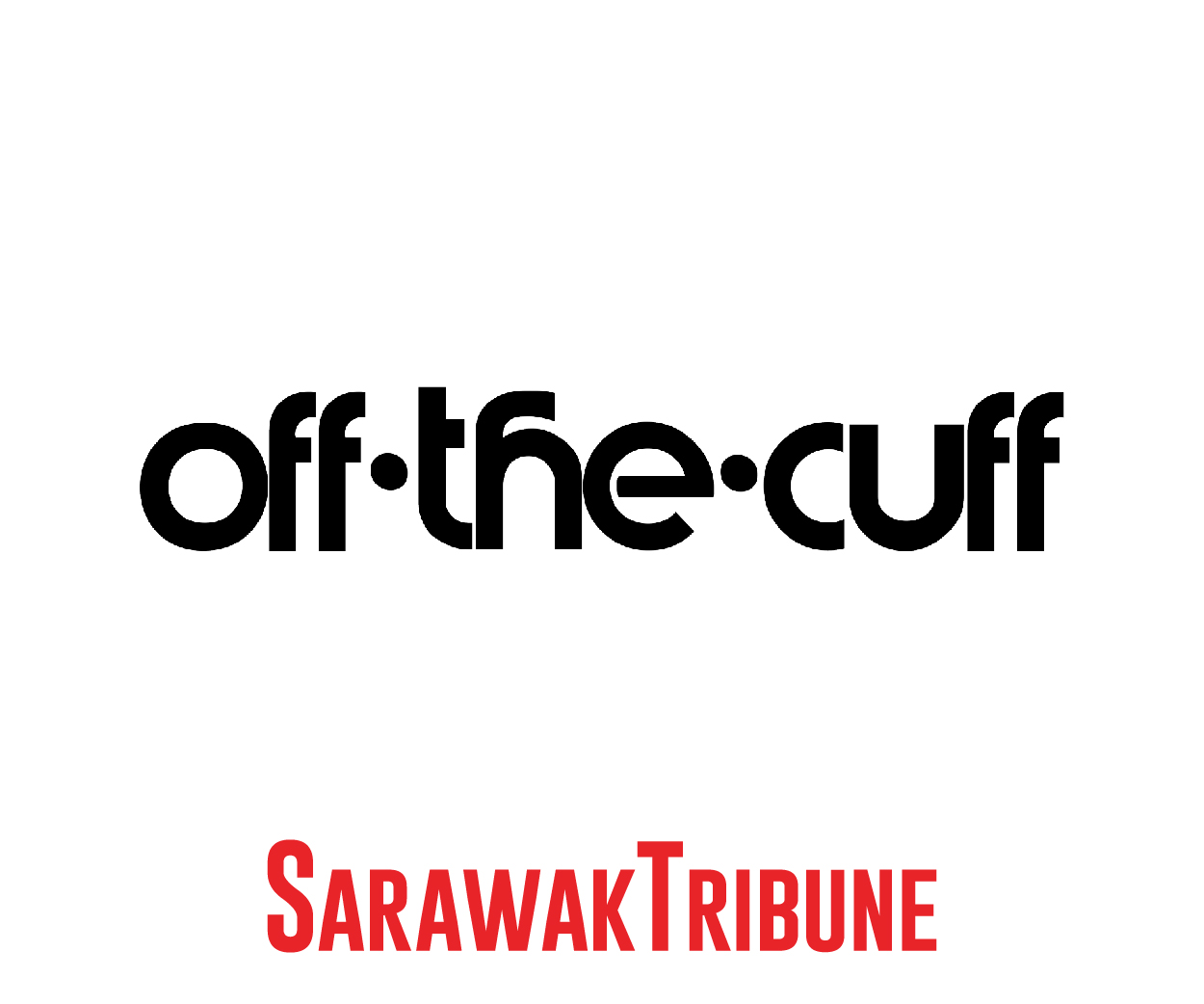TUCKED inside a quiet hutong alley in Beijing’s historic Dongcheng district, Mulu Hutong is not easy to find.
It does not advertise. There is no prominent signboard. To get in, you need to know someone or be invited. But that’s exactly the point.
Mulu is a ‘courtyard home’ that resists the noise of mass hospitality. It asks guests to slow down, disconnect and rediscover the act of dining as ritual.
The philosophy behind the door
Founded in 2012 by Sarawak-born entrepreneur Jasmine Kho, Mulu was never meant to be a typical restaurant.
What began as a private supper club in her home has grown into a discreet yet acclaimed cultural dining space that offers not just a Michelin-standard fine-dining with a taste of Southeast Asia, but an experience steeped in memory, storytelling and seasonality.
“We never wanted to do volume. Beijing has an invisible high-spender clientele, and I wanted to tell stories through food,” she explained.
She recalled that at the time, there were not many Southeast Asian restaurants in Beijing.
“I thought, if I ever open one, it should be halal so everyone can enjoy it. That was always my mantra.
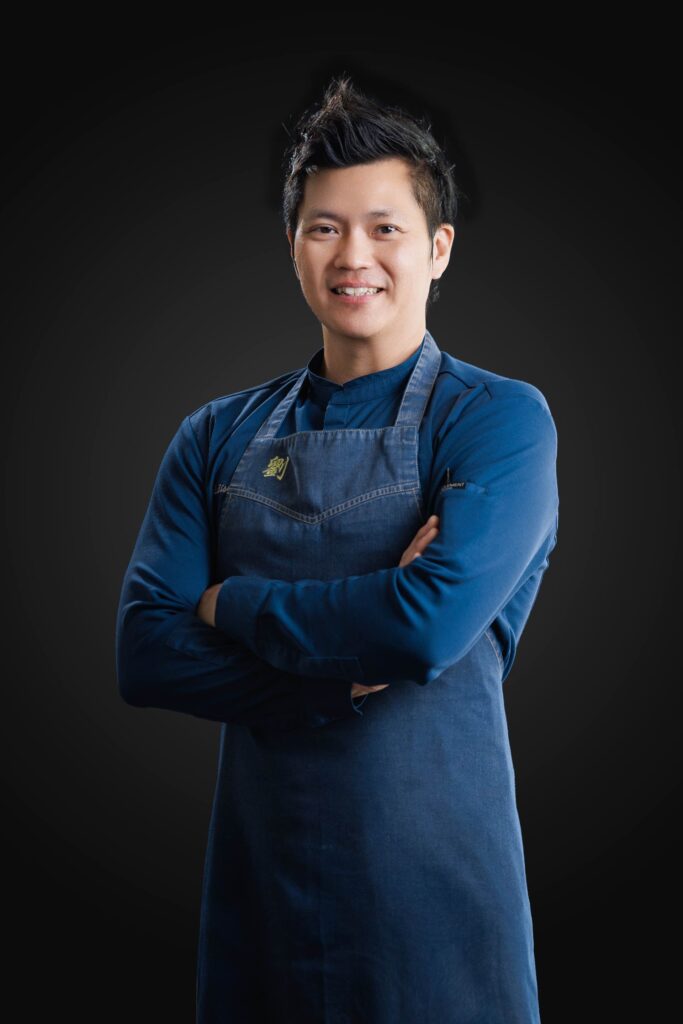
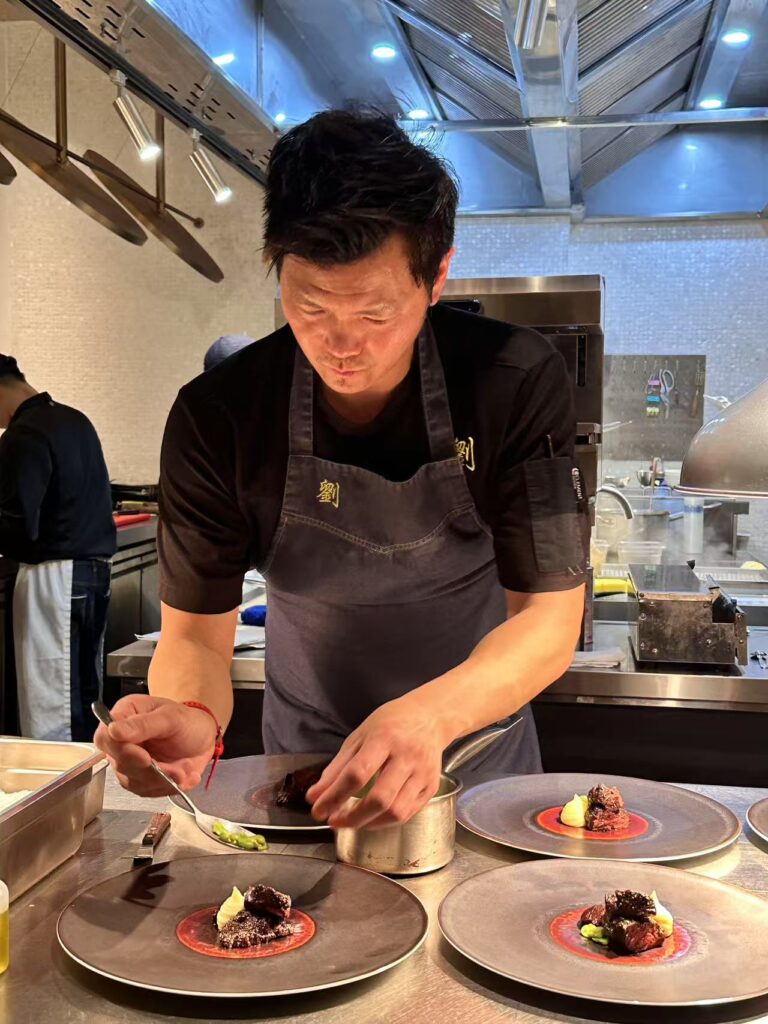
“Everything I did before was for high-end markets. So this is a fine dining destination with no menu.
“Who said Malaysian and Southeast Asian cuisine cannot be ‘ATAS’ (high end)?!”
She has proven so for the past decade and gained a name in the market.
Named after Sarawak’s UNESCO-listed Mulu National Park, the restaurant is Kho’s tribute to her Sarawakian roots.
The choice of name amounts to more than branding. It evokes scale and depth.
“As a Sarawakian, the choice was either Mulu or Bario. I chose Mulu because it starts with M. M stands for Malaysia, M stands for my mom’s name, Mui, and M is mother nature. So yeah, that’s why I chose it.”
The name aside, she said that its logo tells a story.
According to her, it was inspired by her mother’s English name, Shammy.
“In French, it’s Chamois, a winter antelope in the Alps. So it’s basically dedicated to my mom and everything that I’m doing here is basically dedicated to my family because without them, there’s no me.
“However, many people had mistaken it for a deer. Someone asked me if it was inspired by Deer Cave in Mulu National Park,” she said, laughing.
The people behind Mulu
While Mulu is Kho’s creation, its culinary direction was elevated when she met Chef Addison Liew who soon became her partner and husband.
Born in Ipoh, Malaysia, Liew had carved out a notable path in the fine dining world, training in France and working in top-tier kitchens across Asia—including the two-star Michelin Pierre in Hong Kong, three-starred L’Atelier de Joël Robuchon, and Brasserie 1893 at the Waldorf Astoria Beijing, which earned Michelin Plate recognition during his tenure.
Kho and Liew met during COVID, and their shared values of respect, authenticity, and cultural storytelling made the collaboration and union feel natural.

Liew brought with him a technical rigour and a deep respect for flavour.
His background and two decades of culinary experience helped shape what Mulu would eventually become: a hybrid of Nanyang soul and French discipline.
Kho, meanwhile, remains deeply involved in front-of-house, guest experience, and the thematic direction of the space.
Together, they maintain a kind of dual authorship of Mulu’s identity — one from the heart, the other from the hand.
Nanyang meets French
According to Kho, Mulu’s menu is structured as a seasonal tasting journey.
“Guests are served a progression of flavours designed to evoke both memory and discovery,” she said.
The kitchen draws from local produce of freshest catch of the day, Asian herbs, and French technique, with each course referencing a specific story or cultural marker.
Liew describes his cuisine as ‘Nanyang-French’ or ‘Refined Nanyang’ which means using local Chinese produce and herbs, but interpreting them through a Southeast Asian palate and refining them with French techniques.
“At Mulu, ingredients like tamarind, bunga kantan, buah keluak, Sarawak pepper, calamansi, Sarawak laksa spices and fermented fruits are transformed into refined compositions.
“One dish, for example, was inspired by the memory of markets in Latin America. Another is centred around ‘buah keluak’, a nut native to Southeast Asia and often used in Peranakan cooking.
“Each plate is a layered conversation between past and present, between home and the world,” he said

Telling stories through food
Unlike conventional restaurants, Mulu’s menu is not fixed.
Dishes shift according to seasonality, market availability and even the personalities or origins of guests.
One night you might be served Sarawak-style fish curry with freshly made belacan.
On another, grilled jackfruit dressed in lime and ‘bunga kantan’, paired with tempoyak-infused sauces.

Kho and Liew source much of their produce from trusted suppliers who understand their commitment to freshness.
The team regularly gathers ingredients from markets and regions across China, including native herbs and imported Southeast Asian spices.
Nevertheless, Sarawak pepper, belacan and gula apong are staples.
Kho shared that some ingredients, like ‘buah kulim’ or tempoyak, bring guests to tears.
She recalled a guest crying after tasting tempoyak, saying it reminded him of his mother.
“To many people, Mulu is a magical place because it could be the first place for a guest to try something he or she would have never wanted to try, such as oysters.
“There are also people who have never tasted things like buah kulim or tempoyak since they left home. When they eat it here, the memories come back,” she said.
An invitation-only table
What sets Mulu apart in Beijing’s crowded F&B scene is not just its menu. It operates on a membership and referral or invitation basis.
Kho said that guests do not just walk in off the street as they need an invitation to dine in Mulu.
“To get in and experience what Mulu has to offer, you need to either know someone who’s been there or you’ve been personally invited. This is solely because we want people to sit down and actually talk to each other. Not just sit and scroll,” she said.
The duo shared that their aim for Mulu was to create a place where people could return to the meaning of meals: food and companionship.
According to her, that sense of connection is why Mulu has quietly built a loyal base among Beijing’s diplomatic and artistic communities.
“This is a place which focuses on gastro-diplomacy.”
Guests have included high ranking foreign delegations, ambassadors, foreign diplomats, Michelin chefs and international food connoisseurs.
On top of that, many are regulars from Latin America, Europe, and Southeast Asia.
“They connect with our food and with the way we serve it — genuine, without pretension. Even if we don’t speak the same language, we can share a table, a story, a smile.”
Despite the international profile, Mulu’s operation remains intentionally small.

“Our ‘private club’ can host about 40 people per night. Guests are often seated at the same table, fostering dialogue across cultures. There are no multiple seatings, no rush. Dinners can stretch for hours,” she said.
More than a restaurant
At a time when expansion is often seen as the ultimate marker of success, Mulu remains stubbornly small.
Kho shared that she has turned down offers to franchise or open branches.

“We’ve had interest. But I don’t want to lose what makes Mulu special. Once you scale too fast, you compromise,” she said.
She added that the idea of Mulu is to keep it intimate, to allow for attentive service and deeper conversations.
“We’re not trying to be trendy. We’re trying to be true and only those who appreciate culture and good food are welcomed,” she emphasised.
For her, Mulu is more than a business. It is part of her ongoing effort to create spaces where culture can be honoured, retold and passed down.
For Liew, on the other hand, Mulu is his home, and his laboratory to create dishes which excite.
“We will only have Mulu here. Nonetheless, we do undertake consulting jobs for fine-dining restaurants seeking to grow better or to get a Michelin star.”



